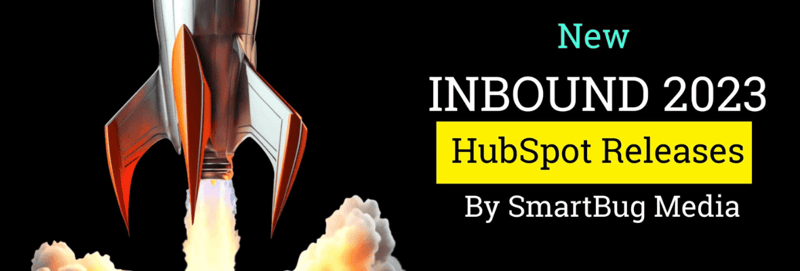
How to Build an Inbound Marketing Campaign in 10 Easy Steps
August 19, 2014
By Dolly Howard

An inbound marketing campaign is a set of steps and tools used to reach a desired marketing goal such as increased visit-to-lead conversion rate, marketing qualified leads, or total customers. By integrating today’s most relevant online tools inbound marketing campaigns become measurable and provide marketers with an ability to show detailed ROI statistics on their efforts.
While building an inbound marketing campaign can seem like a daunting task, you don't neeed to worry. Follow these simple steps below and be on your way to launching your first successful campaign!
How to Build Your Inbound Campaign
Step 1: Target a specific personaYou should have clearly defined personas before creating an inbound marketing campaign. Once you have your personas in place, decide which one you would like to target first. Having a persona in mind will help you tailor your messaging and create a focused campaign across all channels.
Step 2: Define SMART goals for your campaignIf you’ve ever taken a HubSpot Academy class you know the term SMART goals. SMART is an acronym meaning Specific, Measurable, Attainable, Relevant, and Timely. Setup SMART goals for every campaign, so that when you’re finished you have tangible results to impress your colleagues (or boss) with.
Step 3: Build your offerWill your offer be an ebook, webinar, podcast, checklist, or something else? When choosing a content offer make sure it is something you know your persona will need. It should be educational and helpful, not a sales pitch. Once you’ve decided what your offer will be, start to create it. It helps if you setup a detailed schedule with hard deadlines for all those involved in the creation process.
Step 4: Develop an effective conversion pathA conversion path consists of a call-to-action (CTA), landing page with a form, thank you page, and thank you email. This pathway is how people are going to become leads from your website and other promotional assets. You cannot miss this step. If you’re thinking, “I don’t want to burden my website visitors with a form to fill out” reevaluate your goals. Without a landing page and form, you will not be able to capture leads which in turn makes your campaign less measureable overall.
Step 5: Segment leads and build email workflowsWhen a visitor becomes a lead on one of your landing pages it’s imperative that you have a way to automatically follow up with them. These emails bring the leads through the buying process all the way down to a marketing qualified lead, thusly providing you with a great marketing ROI to report.
Step 6: Kick off your campaign with a promotional emailNow that you have your campaign assets in place, it is time to let the world know what you have to offer! Segment your leads and send targeted emails to promote your new offer. Remember: if your offer applies to more than one of your personas, tailor the language of each of your emails so that it speaks to specific pain points of each persona. This means you might have to create more than one email.
Step 7: Research and define long tail keywordsBefore you can start promoting your offer through other channels, such as blogging, you will need a solid keyword strategy. You should be asking yourself, “What are my personas typing into search engines? Are these keywords attainable for my website to achieve? How can I use these keywords in other marketing efforts?” If the keywords you’ve chosen target the right persona, have a difficulty of 60 or less (as given by the HubSpot tool) and contain at least a few monthly searches, you’re on the right track.
Step 8: Create shareable blog postsUse the long tail keywords you decided on in the previous step to create enticing blog titles that educate your persona on topics within your offer. Stay away from posts that sell the reader on the offer. At the bottom of the blog post include your call to action to capture the reader as a lead. Encourage social sharing on all of your blog posts.
Step 9: Promote on your social media channelsBy now you know that social media is a powerful tool. It can be used to connect with your customers, provide information to leads, and of course, promote new inbound marketing campaigns. When promoting your offer, choose the social media channels where your personas are engaging the most. You can promote the landing page of the offer, blog posts, and other campaign assets.
Step 10: Analyze, rinse, adjust, repeatYour inbound marketing campaign isn’t finished after promotion. You must analyze your efforts. Through which channels did you receive the most traction? Were the leads you received qualified? How did your blogs perform? What can you learn from this campaign that you can implement in your next campaign? Once you’ve analyzed your campaign and figured out what it takes to make your next even better, you can report this back to your team and other colleagues.
Do you follow similar steps when creating your campaigns? Let us know by tweeting us at @smartbugmedia.

About the author
Dolly Howard was formerly Director of Marketing for SmartBug Media. Previously she worked as a senior marketing consultant leading SmartBug Media clients in strategy for lead conversion improvement and total marketing ROI. As a past HubSpot employee, Dolly is excited to share her knowledge and help enterprise companies grow their business. Read more articles by Dolly Howard.








